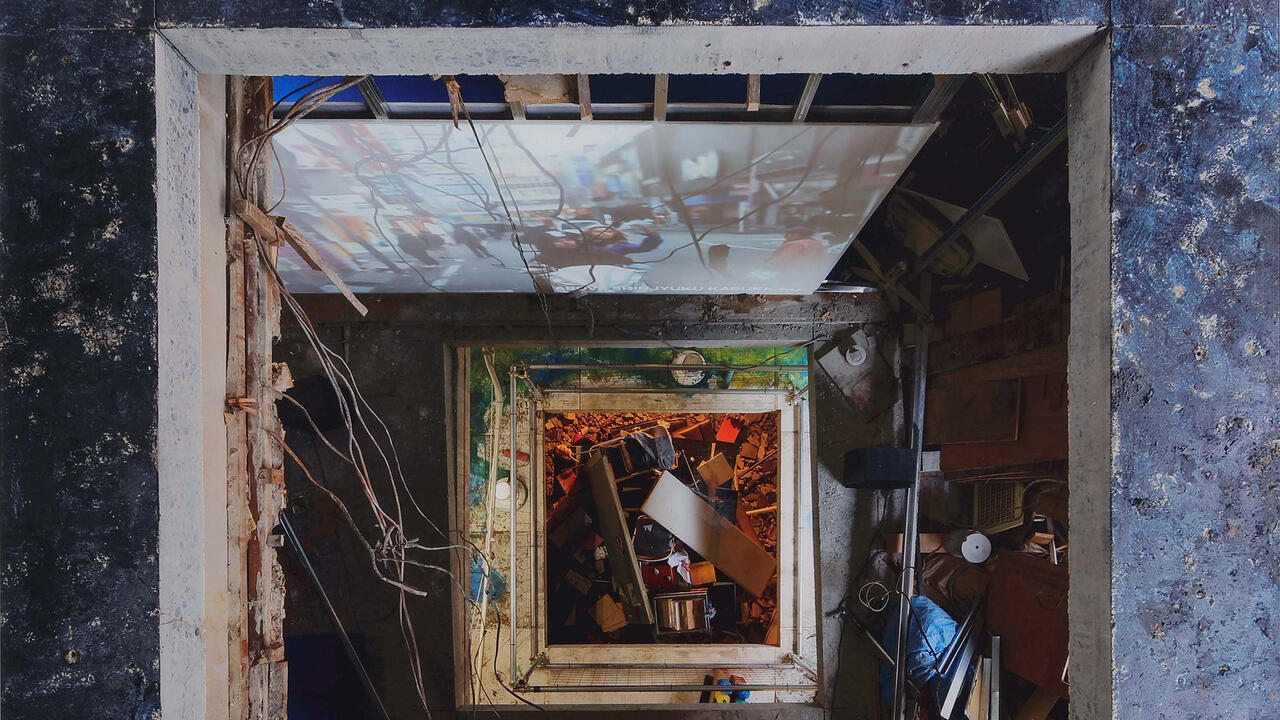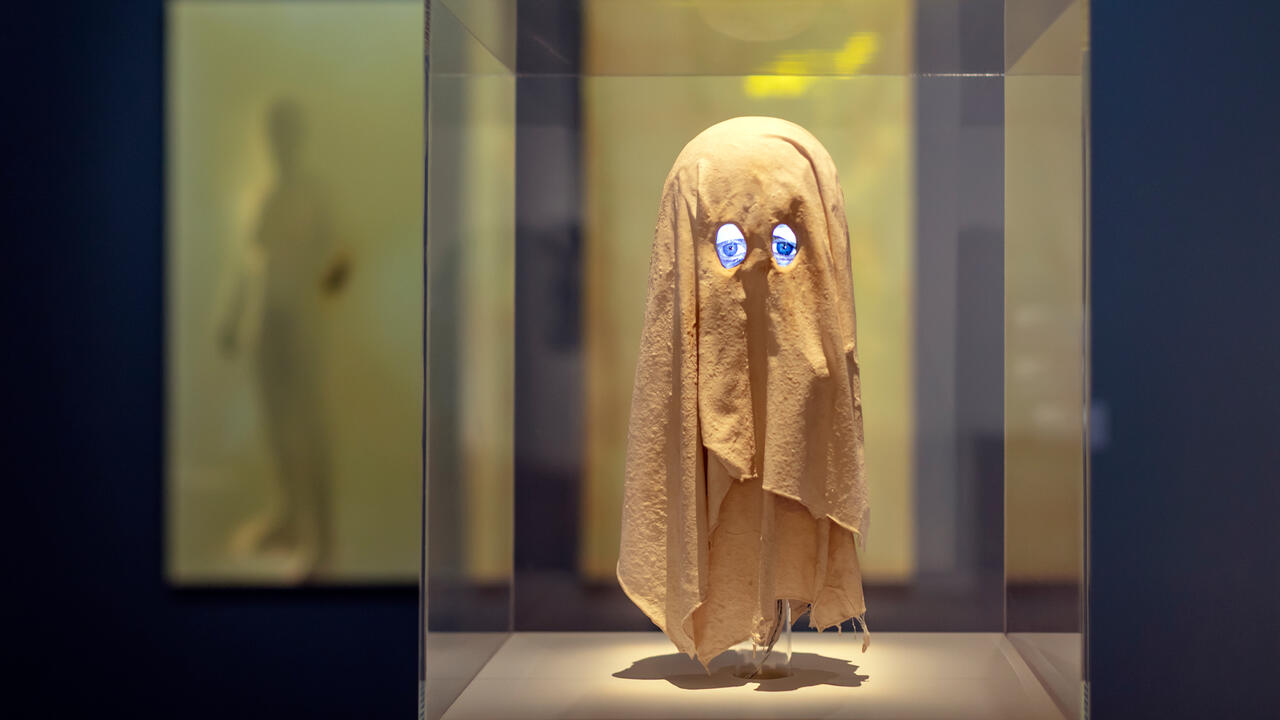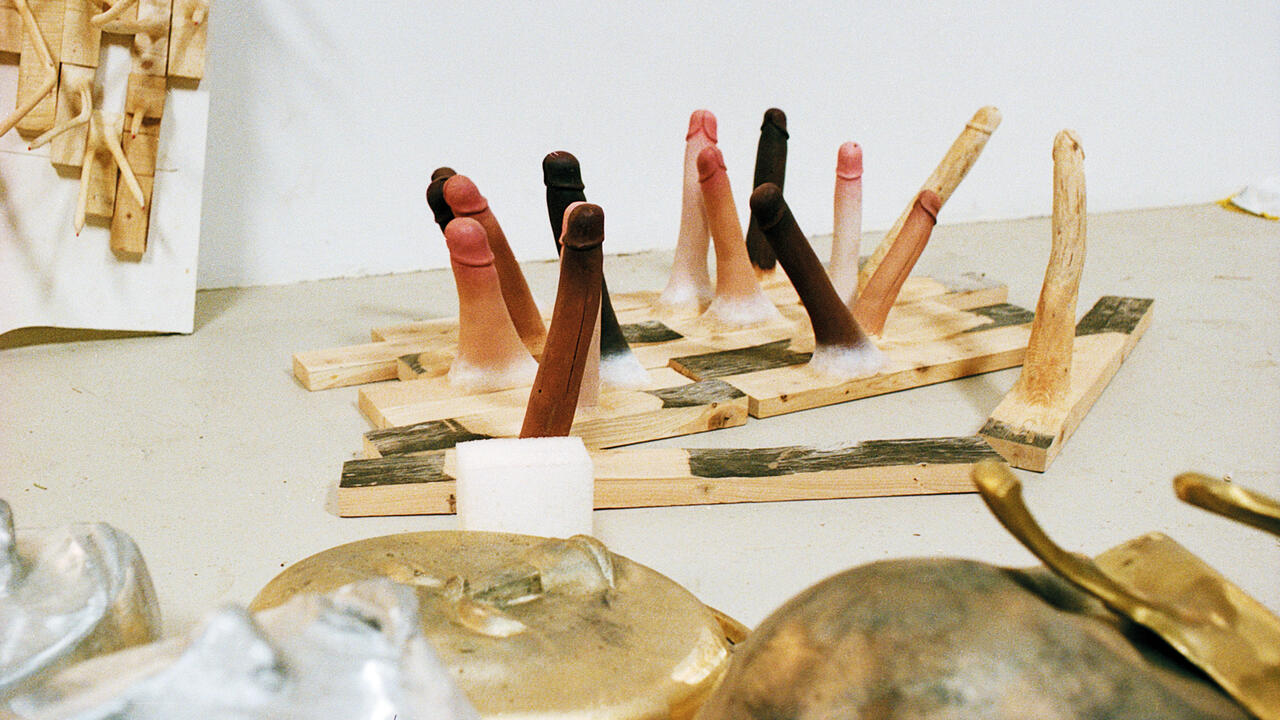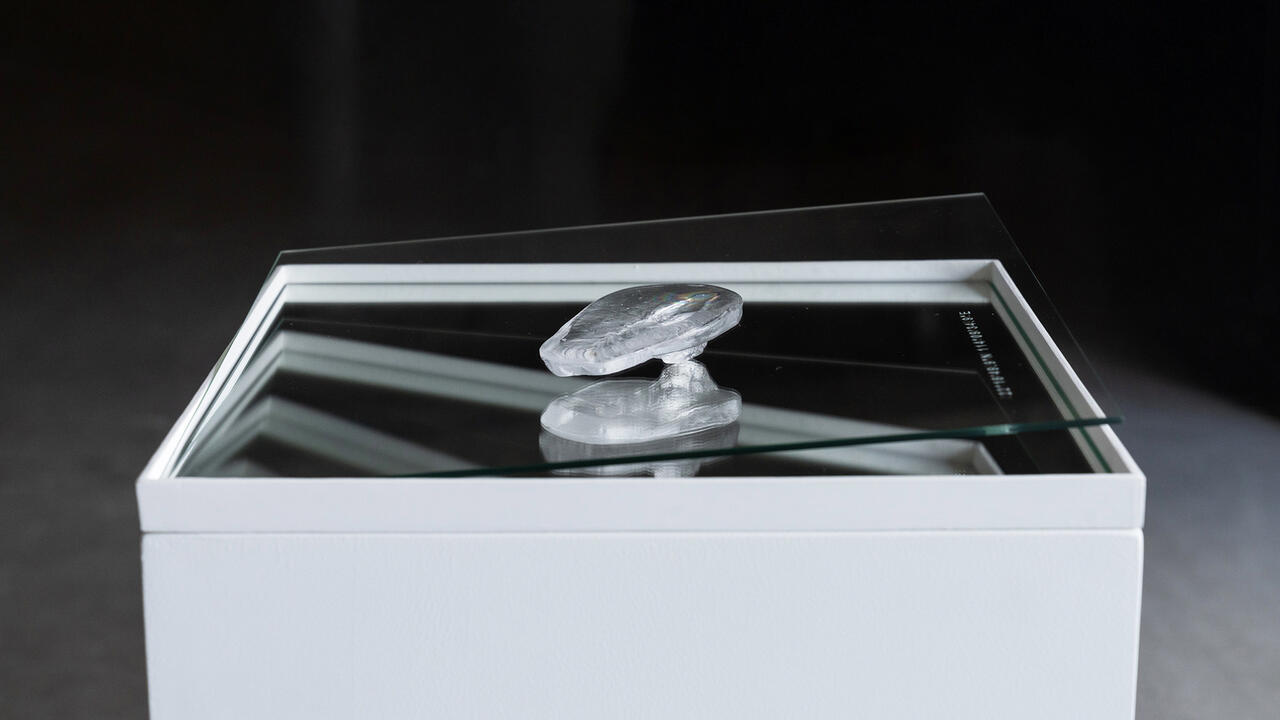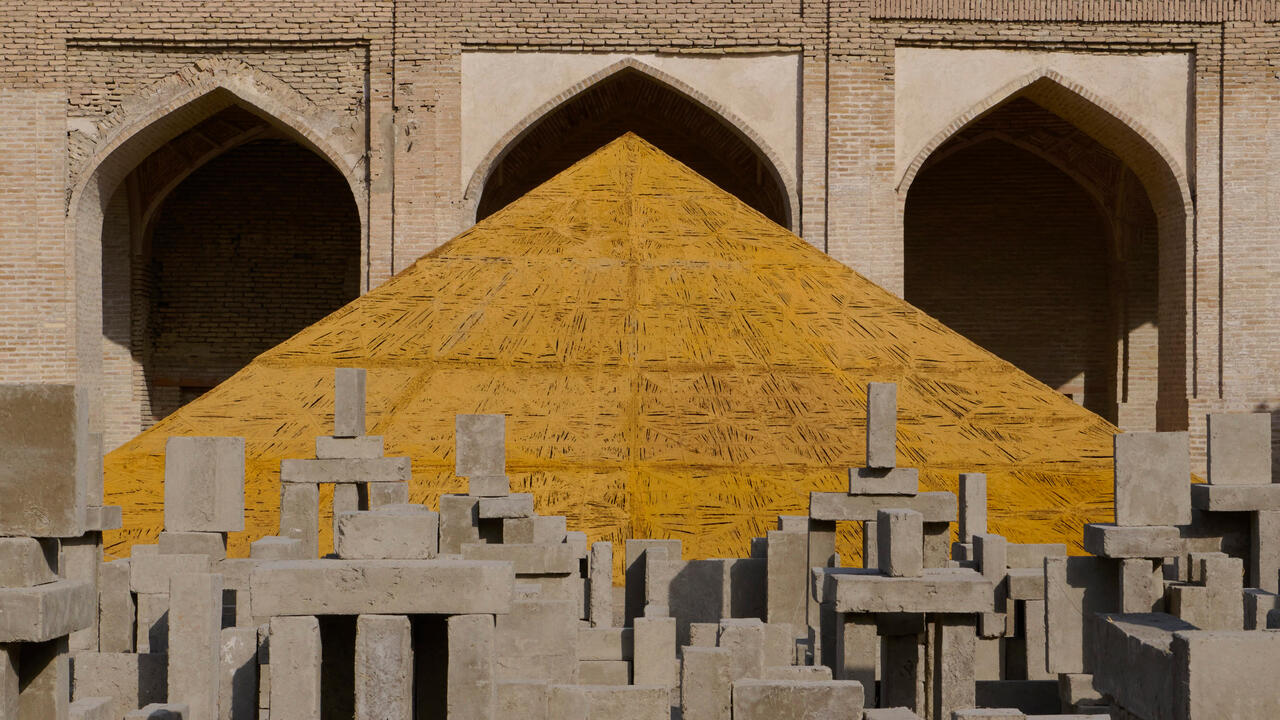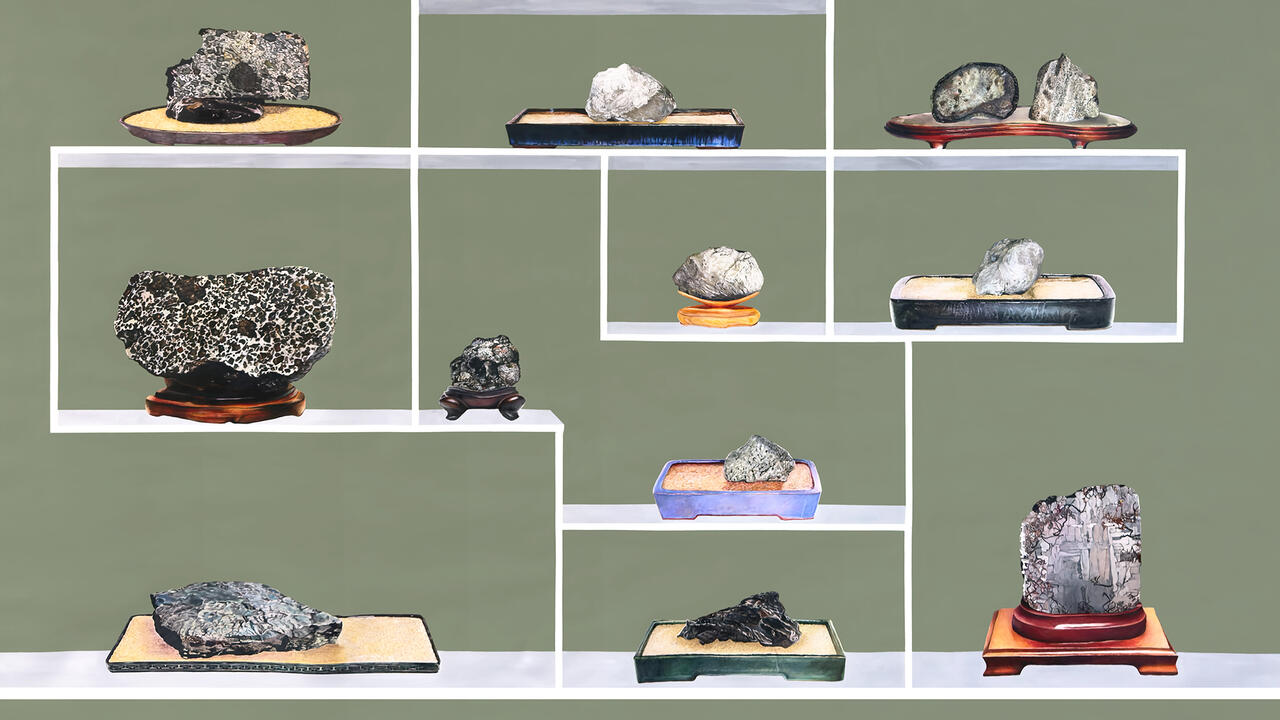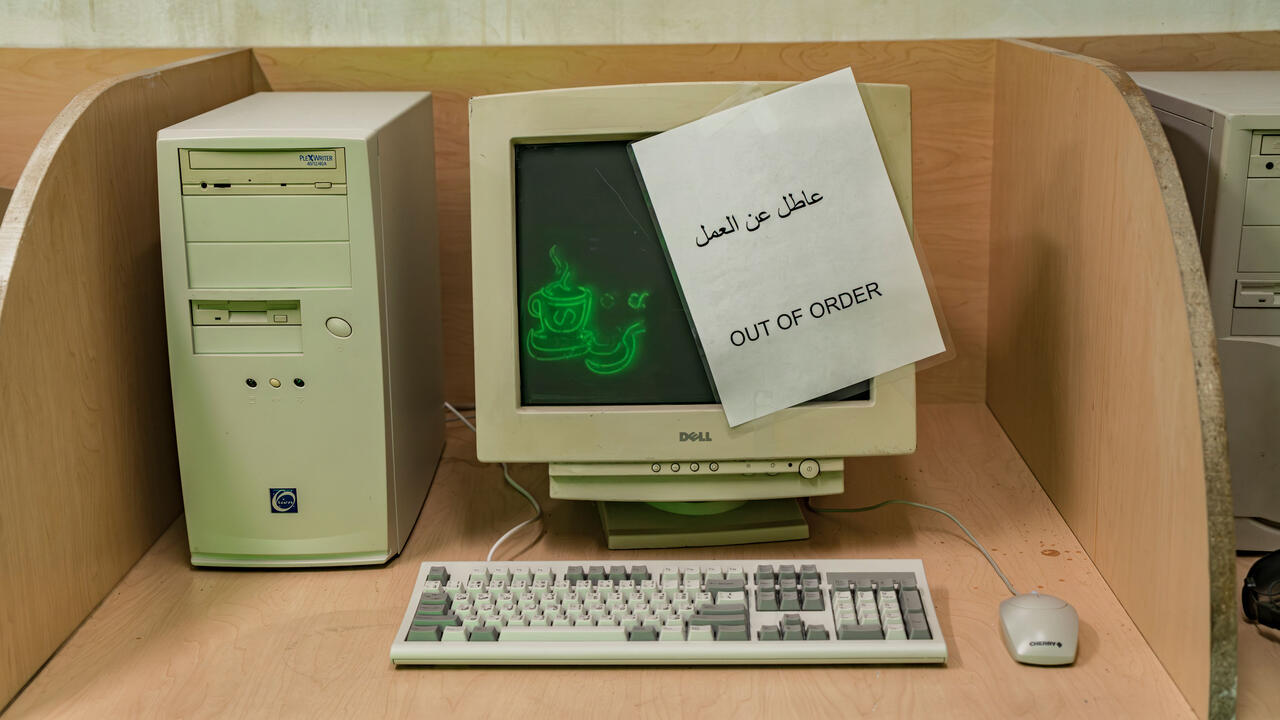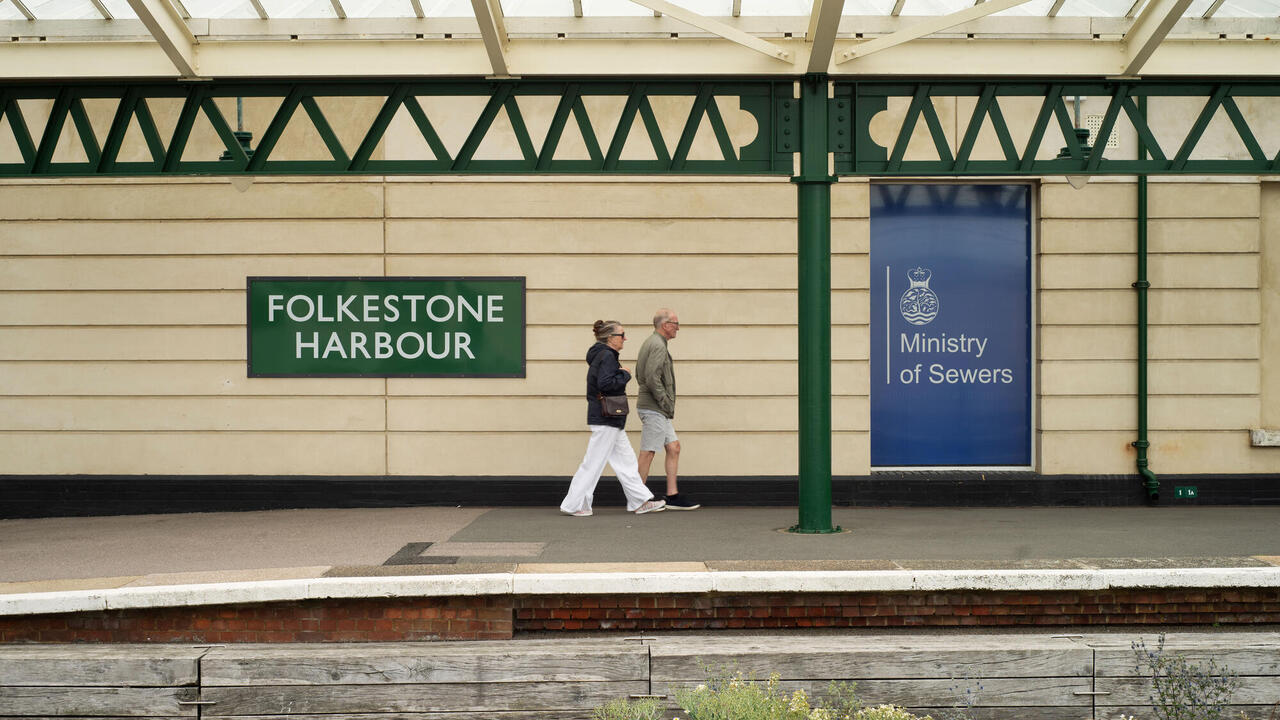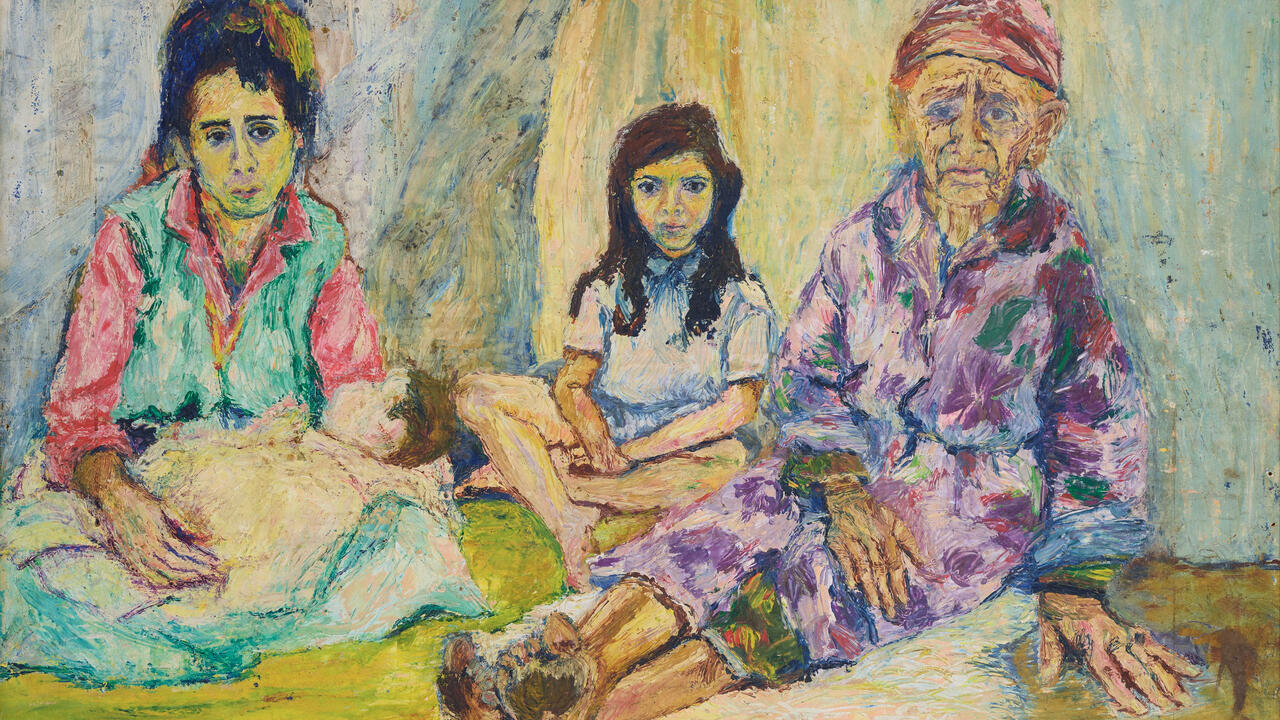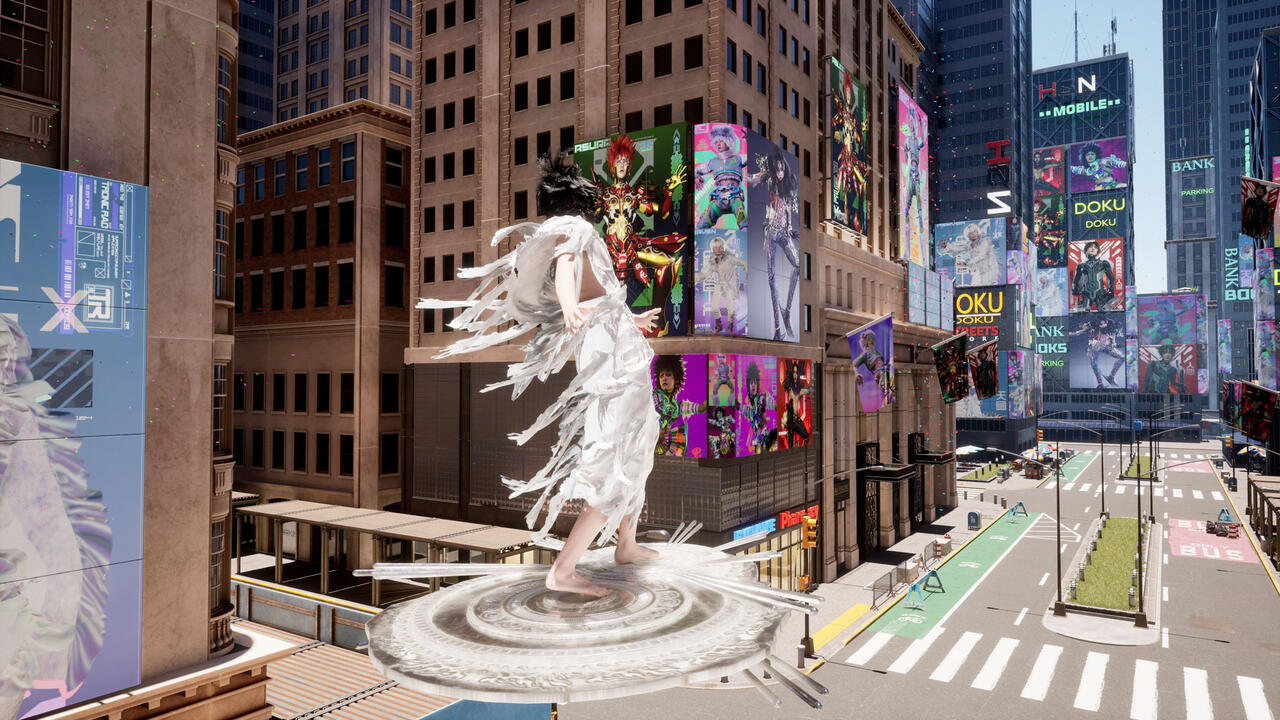Critic’s Guide: Hong Kong
With Art Basel Hong Kong taking place this week, a guide to the best shows to see across the city
With Art Basel Hong Kong taking place this week, a guide to the best shows to see across the city


Nilima Sheikh, ‘Lines of Flight’
Asia Art Archive
22 March – 30 June
Famed for its natural beauty, Kashmir was once described as ‘paradise on earth.’ Embroiled in the territorial dispute between India, Pakistan and China following Indian independence in 1947, it has become Nilima Sheikh’s obsession over a career spanning more than 50 years. Much of the Gudjarat-based artist’s work speaks to the dualities that characterizes the war-ravaged region: fragile yet defiant, mystical yet modern, with ideas of migration and forced exile punctuating its glowing landscapes. While Sheikh’s tempera paintings are dreamy and infused with influences ranging from Persian manuscript paintings to the poetry of Chinese author Li Bai and the writing of Salman Rushdie, her stencils – more illustrative; at times whimsical – created over the past two decades, are the stars of the show. Enlightening into the artist’s creative process is the tempera painting Sarhad 2 (2014), which contains a citation from The Collaborator, Mirza Waheed’s 2011 novel about the Kashmir conflict. Avoiding didacticism over its troubled politics, ‘Lines of Flight’ speaks to an effort to uncover, trace and memorialize the history of this princely state, even if this recollection remains incomplete.

‘A Beast, A God, And a Line’
Para Site Art Space
17 March – 20 May
Para Site is known for mounting ambitious group shows and ‘A Beast, A God, And a Line’ is no exception. First presented at the Dhaka Art Summit, the show is curated by Cosmin Costinas and comprises works of 55 artists from the Asia-Pacific region. Collectively, it’s a poignant portrait of an ancient region forever changing.
A few works touch on the contentious role of indigo, as a pigment long associated with global exchange along the Silk Road, evidenced in Lavanya Mani’s Travellers Tales – Blueprints (2014), but also a colour tainted by suppression, as demonstrated by Manish Nai’s Untitled (2017). A set of five indigo burlaps, its subdued construct betrays the sociological disaster that resulted from the colonialists’ insistence that local farmers cultivate indigo rather than the food crops necessary for survival. Based on an exchange of letters between two filmmakers, Nguyen Trinh Thi’s Letters from Panduranga (2015) spotlights the last surviving territory of the ancient kingdom of Champa (now central and southern Vietnam). Indian sculptor Mrinalini Mukherjee’s Kamal (1985) proffers a more buoyant spirit. Knotted from hemp, the delightfully amorphous form recalls either a vagina or a carnivorous plant. But if art was to provide any sort of guide to mimicking an increasingly complex world, Gauri Gill’s ‘Fields of Sights’ series is a strong contender. Photographs of rotting landscapes are inscribed with drawings by Warli indigenous artist Rajesh Vangad, pointing to the possibility of a kind of naturalist revival based on mutual respect.

Jiang Zhi, ‘Going and Coming’
Blindspot
27 March – 12 May
Curated by Leo Li Chen, ‘Going and Coming’ is a portrait of an artist fiercely committed to documenting the beauty in life, even as it remains fleeting. In ‘Love Letters’ (2011–14), one of three photography series presented, Jiang Zhi doused exquisitely formed orchids in alcohol, setting them ablaze, and captures the spilt second before life is sapped from the flowers. The artist created the series after death of his wife Ren Lan (‘Lan’ means orchid in Chinese) in 2011. If photography’s power is its creation of a perpetual present, then the repetition of the moment life is usurped by death can be read as a metaphor.
In the ‘Going and Coming’ series (2016–17), the same dried flowers from ‘Love Letters’ are put on a spinning table, captured on camera, before being transposed into oil on polyester paintings. The tension between a ‘whole’ and its ‘parts’ is further explored in the series ‘Fade’ (2016–17), where the real flowers in ‘Love Letters’ and ‘Going and Coming’ are swapped with artificial counterparts.

Phillip Lai, ‘In The Half Life’
Edouard Malingue Gallery
27 March – 5 May
No definite positions are taken at Phillip Lai’s ‘In The Half Life’. While the objects on display seem familiar – a stack of dirt-smeared wash basins, hollowed-out cylinders, light bulbs fastened to the bottom of a shelf – all of them appear stuck between functions, as if on the cusp of transfiguration, but not quite. A poetic touch is juxtaposed with a sense of the absurd; viewers straining for meaning will find themselves at a dead end. Rather than force the works to give themselves up to be read, Lai creates room for a heightened sense of awareness of the way we define ourselves in relation to our surroundings. Ironically, this state of unease and inbetweenness strikes a chord in our anxious times.

‘(In)tangible Reminiscence’
The Annex
24 March – 22 April
Organized by the Centre for Heritage, Arts and Textile ‘(In)tangible Reminiscence’ this three-person show is a trip down memory lane. By knitting together the personal and collective, the digital with the tactile, the exhibition acts as a love letter to Hong Kong’s textile industry. As a child, one of artist Sarah Lai’s favourite activities was to saunter through Hong Kong’s Japanese department stores. Here, those memories manifest in a mock-up fashion boutique, complete with fitting rooms, sofas, hangers and shop windows. Korean artist Yeondoo Jung’s two-panel video piece, A Girl in Tall Shoes (2018), tells the tale of a retired textile worker who emigrated from mainland China to work at a Hong Kong mill many decades ago. Her tale is also that of many others as during its heyday, in the 1970s, the textile industry employed more than 30,000 workers. Meanwhile, Japanese Iwasaki Takhiro literally gives shape to memory, by fashioning the Hong Kong cityscape from raw cotton, fishing nets and cloth. The question left is what role, if any, does textile still play in the construction of Hong Kong and its identity?

Doug Aitken
Massimo de Carlo
27 March – 19 May
The irony of exhibiting Doug Aitken’s reflective pieces in Pedder Building, one of the last few red brick buildings in a district famed for its shimmering facades, isn’t lost. While Inside me (2018) is said to ‘crystallise’ events and moments in our accelerated age, it is Mirage (2017) that astutely captures what ‘immersiveness’ means in age when our heads are more likely to be bent over an iPhone screen than a book. Perched atop the San Jacinto mountains in California, Mirage was a ranch-style suburban home erected entirely from mirrors, reflecting everything from the surrounding landscape and sky to the passer-by. When it was eventually dismantled, Aitken captured the process in a four-minute video. Perspective shatters, and dimensions multiply. A framing device projecting images that are perpetually in flux, Mirage is a nod to mid-20th century land art, while ruminating on the way we see – and are seen – in the 21st century.

Samson Young, ‘Songs for Disaster Relief’
M+
9 February – 5 May
Google ‘charity singles’ and pretty soon you’re bound to stumble upon ‘Do They Know It’s Christmas?’ First recorded for Band Aid in 1984 as a response to the Ethiopian famine, the classic (and for many, patronizing), single has been recorded and replayed countless times. First exhibited at the 57th Venice Biennale last year, Samson Young’s ‘Songs for Disaster Relief’ at M+ presents an ambitious dissection of the forces governing the representation of such songs. For the show’s centrepiece, the artist enlisted collaborator Michael Schiefel to take on the alter ego of Boomtown Gundane, a Cape town singer-songwriter who wrote the song ‘Yes We Do’ as a retort to ‘Do They Know It’s Christmas?’ As viewers walk through the space, they are bombarded with an incongruous collection of objects: drum, trumpets, a dog-eared copy of Camus’ The Myth of Sisyphus, a ‘Heartbreaker’ neon sign. But alas, Boomtown turned out to be an invention, and the whole incident was fabricated to raise money for a charitable cause. In a separate room, there is a video of the Hong Kong Federation of Trade Unions’ choir whispering the 1985 single ‘We Are the World’. But perhaps the piece that really hits home the hardest is Lullaby (2017), where Young is filmed singing the ever-popular ‘Bridge over Troubled Water’ aboard a sampan – except that in this case, the original lyrics are replaced by the inane utterance of Cantonese numbers.
For more shows to see in Hong Kong, head over to On View.
Main image: Doug Aitken, Mirage House, 2017. Courtesy: Massimo de Carlo, Milan / London / Hong Kong and the artist








